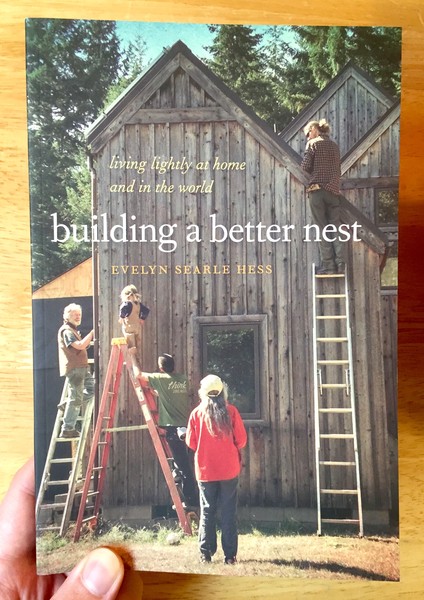Love Letters to Cities: An interview with Alexander Barrett
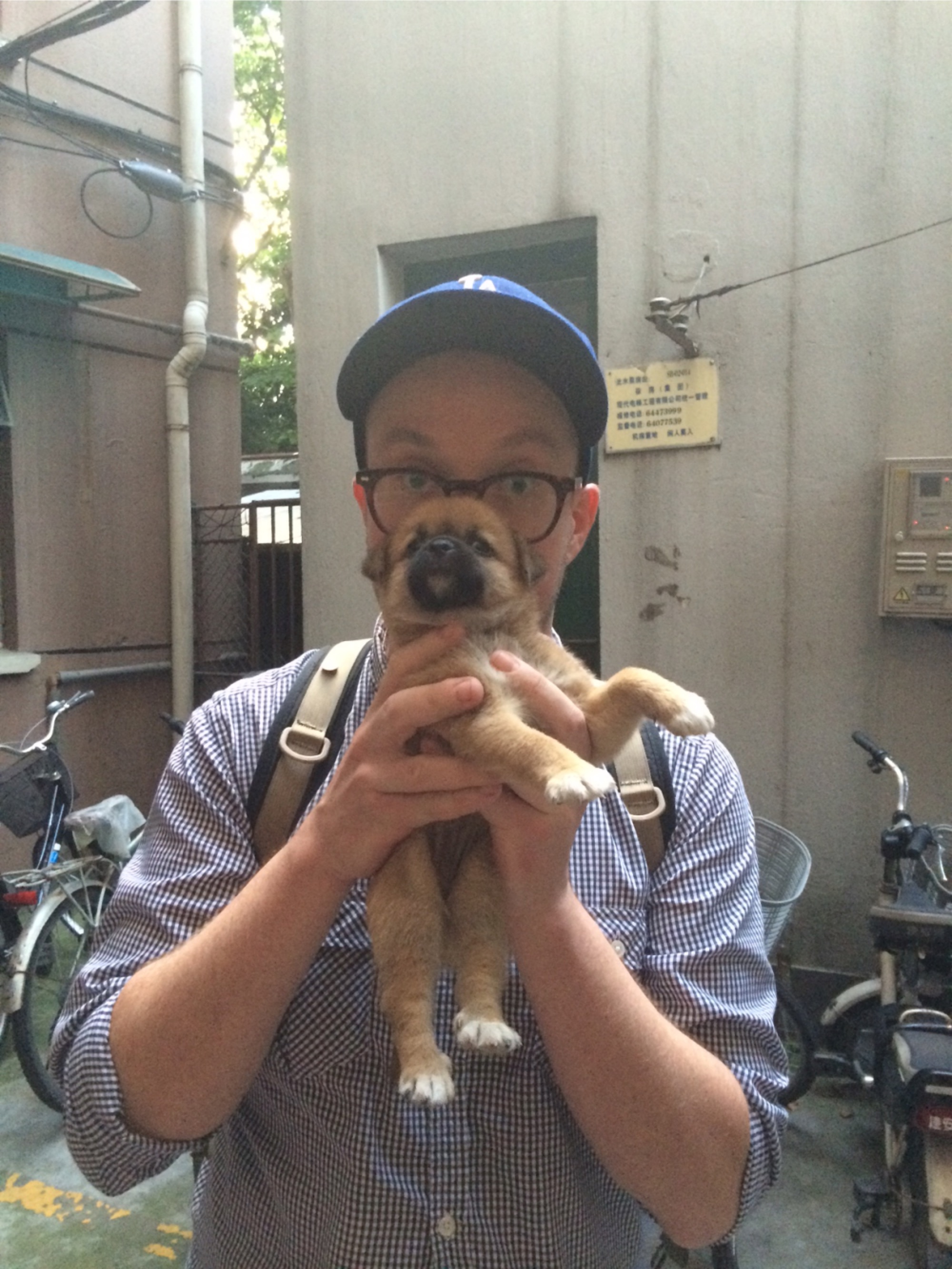 Alexander Barrett had only lived in our city for a year when he wrote and illustrated one of our most charming books, This is Portland: The City You’ve Heard You Should Like, telling the real story of just how weird things are here…much weirder than as shown on the television show Portlandia, thank you very much. Later, he moved to China for a short time, and the result is the just-as-charming book about a very different place: This is Shanghai: What it’s Like to Live in the World’s Most Populous City (which, by the way, comes out this month!). He took a minute to answer some questions about his work and plans and where he’s at right now in San Francisco. Readers of This is Shanghai will recognize one important theme from that book which has stayed with him…as illustrated in the photos here.
Alexander Barrett had only lived in our city for a year when he wrote and illustrated one of our most charming books, This is Portland: The City You’ve Heard You Should Like, telling the real story of just how weird things are here…much weirder than as shown on the television show Portlandia, thank you very much. Later, he moved to China for a short time, and the result is the just-as-charming book about a very different place: This is Shanghai: What it’s Like to Live in the World’s Most Populous City (which, by the way, comes out this month!). He took a minute to answer some questions about his work and plans and where he’s at right now in San Francisco. Readers of This is Shanghai will recognize one important theme from that book which has stayed with him…as illustrated in the photos here.
1. Where are you *right now* and what is the most important thing to know about what’s going on around you there?
Right this second, I’m in a sunny edit suite in San Francisco, working on a short documentary about a street sign and getting ready for Beer Feelings, a show of illustrations I do in San Diego every November. But most importantly, I’m hanging out with a super chill puppy.
2. I know it’s crass to ask, but when you aren’t making charming illustrated books about places you’re getting to know, what exactly do you do for a living?
I used to know, I think. I used to be a copywriter at ad agencies. Now I’m kind of a copywriter and mostly a regular writer at YouTube. I guess I’m trying to put okay things into the world for a living.
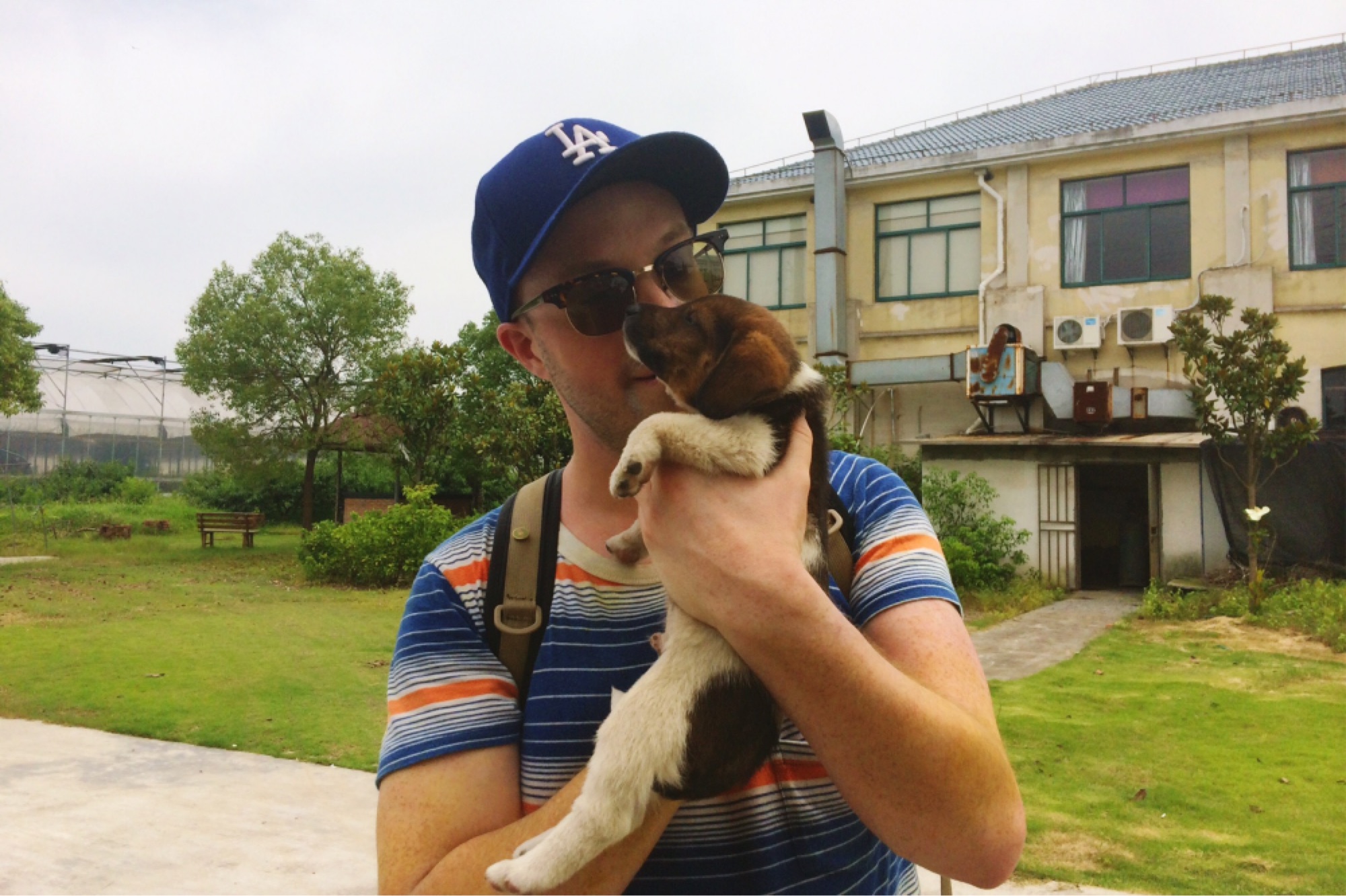 3. What’s your favorite book that you’ve read this year?
3. What’s your favorite book that you’ve read this year?
This year I finally finished Raymond Chandler’s oeuvre. And that’s the first time I’ve ever typed “oeuvre.” I wish I could say I read The Long Goodbye this year, but I have to be honest and say Farewell, My Lovely, which is also incredible.
4. What’s next for you? Will there be a This is San Francisco? And finally, the question on everyone’s mind: Where will you live next?
With Portland and Shanghai, it took a year to realize I had enough stories to put a book together. I’ll see if that happens with SF. For the first time in a while, I’m not thinking about where I’ll go next. In between the Portland and Shanghai books, I lived in three cities. Three cities that didn’t inspire books. I’m really excited about being in one place for a while. One place with super chill puppies.
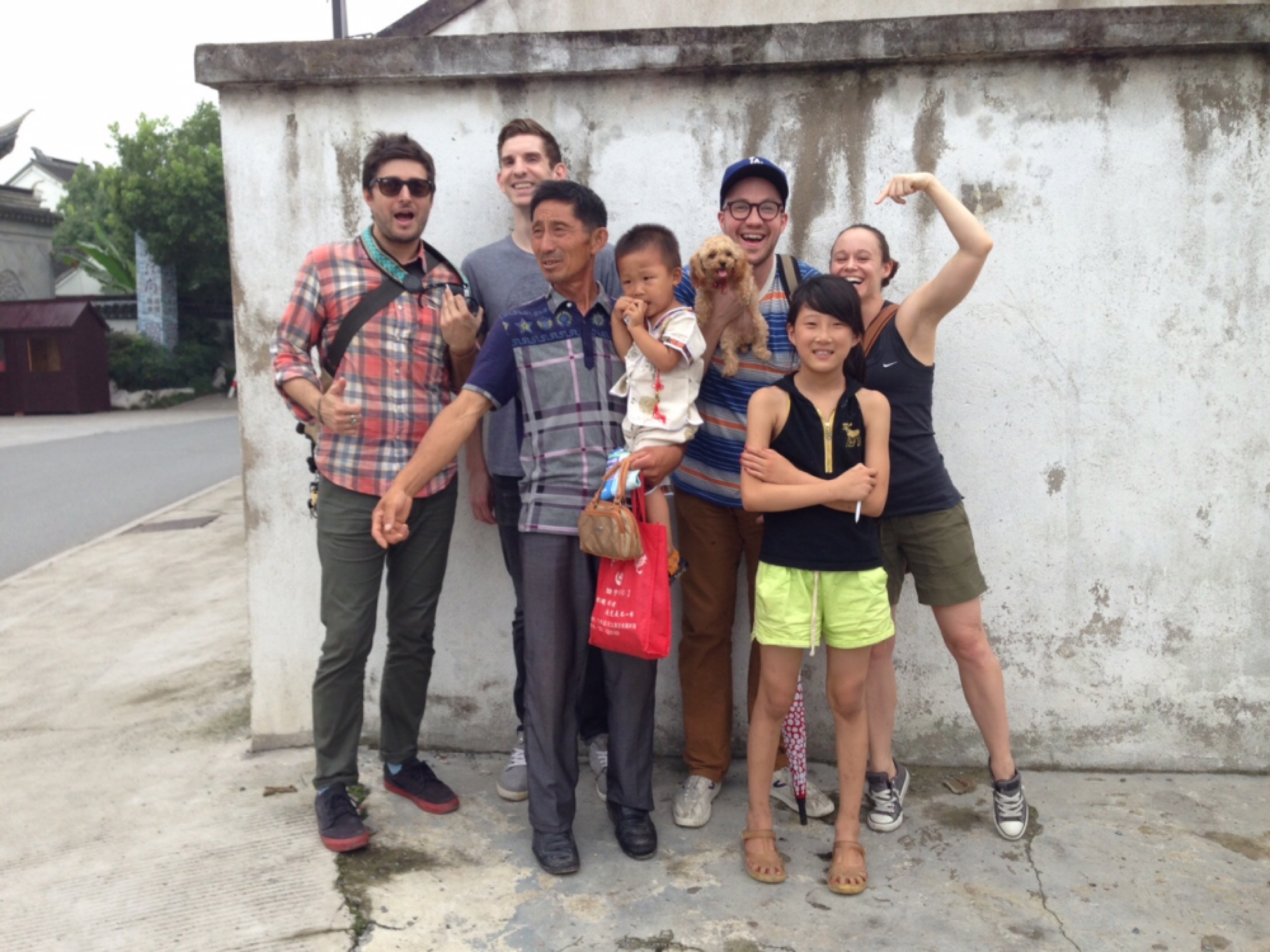
This is the latest in our series of author interviews. The previous interview was with Our Bodies, Our Bikes contributor, Bikeyface.



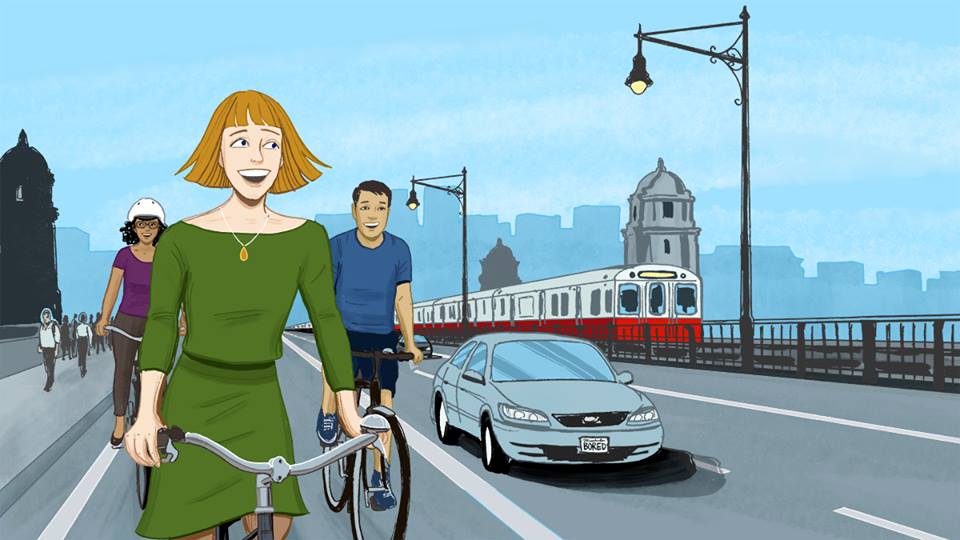 Of the fifty-plus contributors to our brand-new book
Of the fifty-plus contributors to our brand-new book 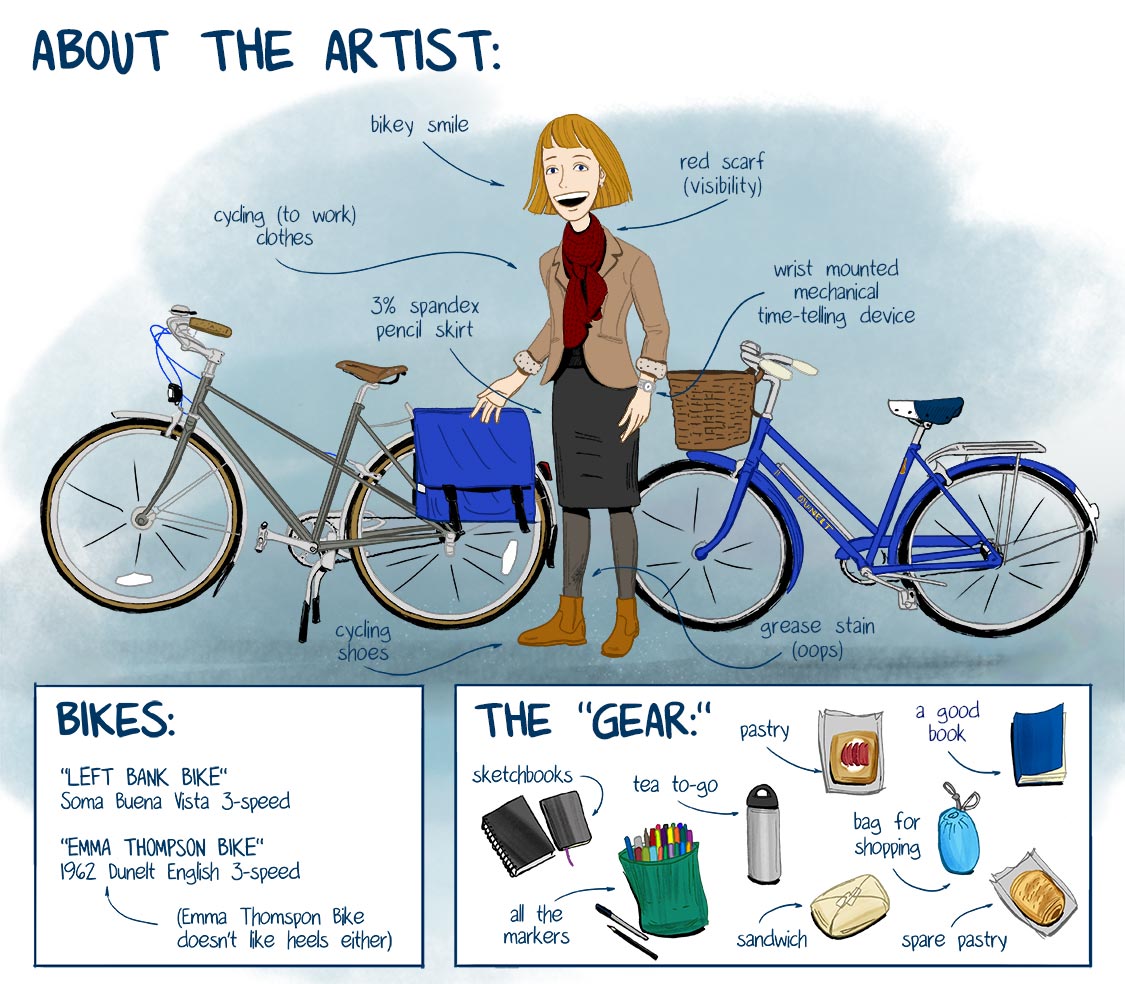 3. What’s your favorite comic that you’ve drawn? What (if it’s different) has been the most popular one?
3. What’s your favorite comic that you’ve drawn? What (if it’s different) has been the most popular one? 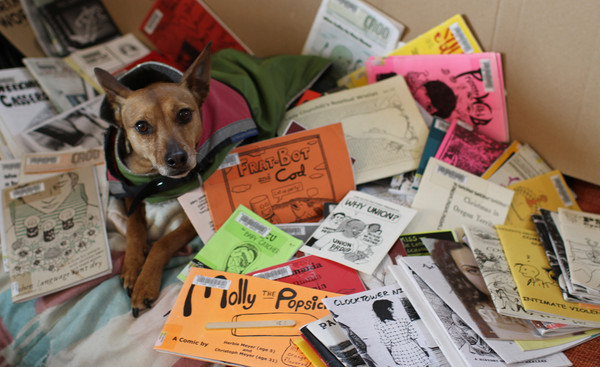 So. We’ve heard that you like books.
So. We’ve heard that you like books.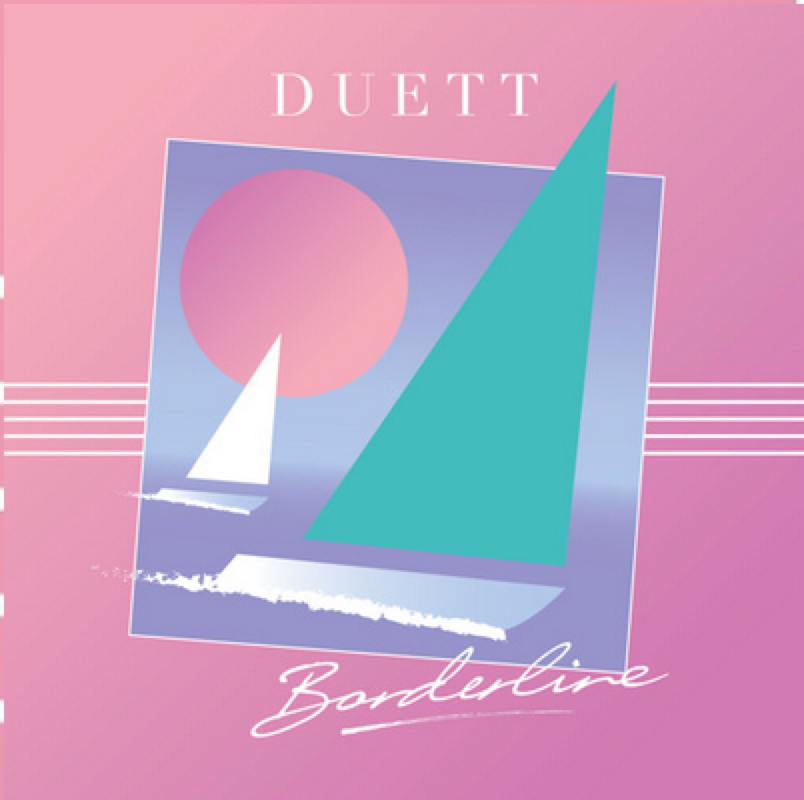 Here’s what we absorbed from the media waves this month.
Here’s what we absorbed from the media waves this month.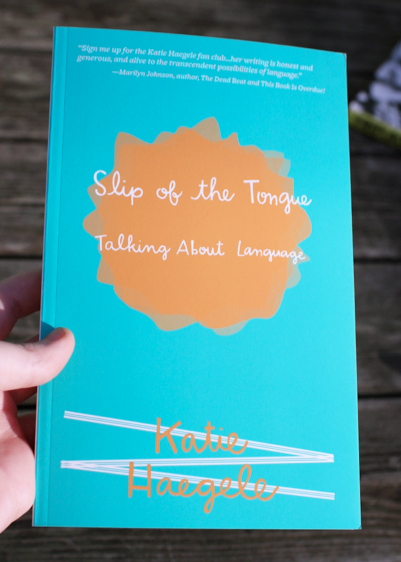 I knew I was going to enjoy Slip of the Tongue from the moment I held the skinny teal book in my hands. The bookish-English-major-nerd within me was immediately taken with Katie Haegele’s collection of essays, which attempt to make sense of the world through our collective and individual use of language. What I hadn’t anticipated was just how captivating I was going to find the author and her book.
I knew I was going to enjoy Slip of the Tongue from the moment I held the skinny teal book in my hands. The bookish-English-major-nerd within me was immediately taken with Katie Haegele’s collection of essays, which attempt to make sense of the world through our collective and individual use of language. What I hadn’t anticipated was just how captivating I was going to find the author and her book. 